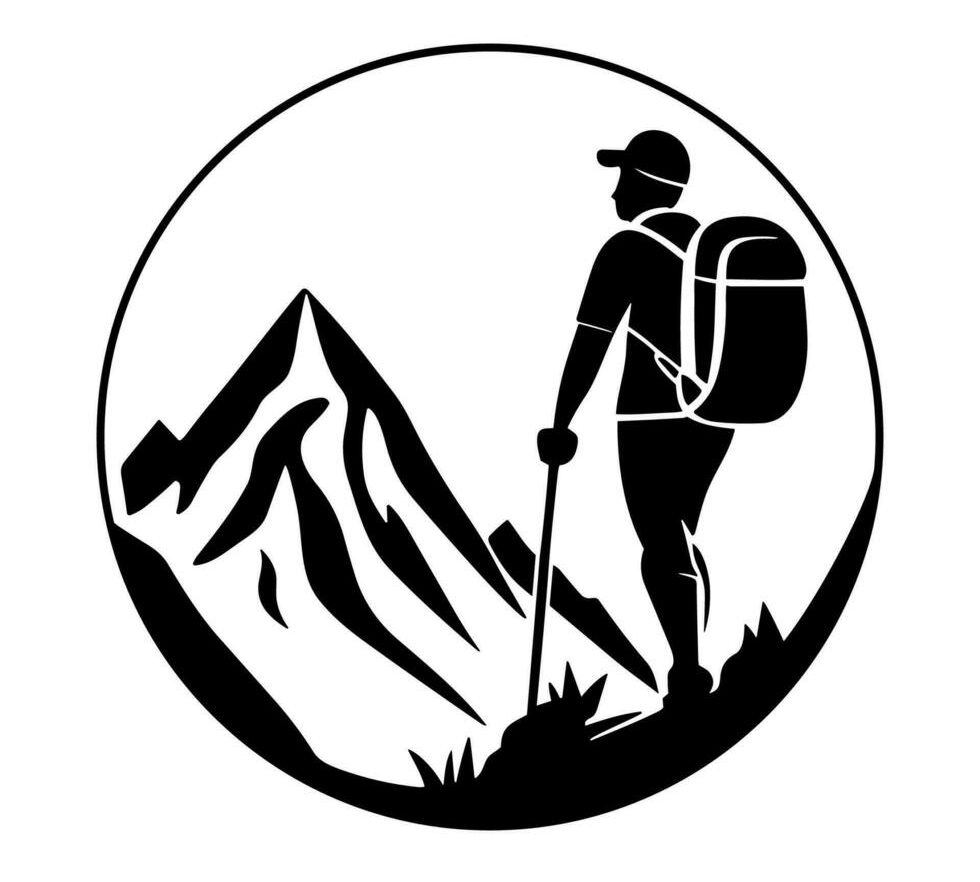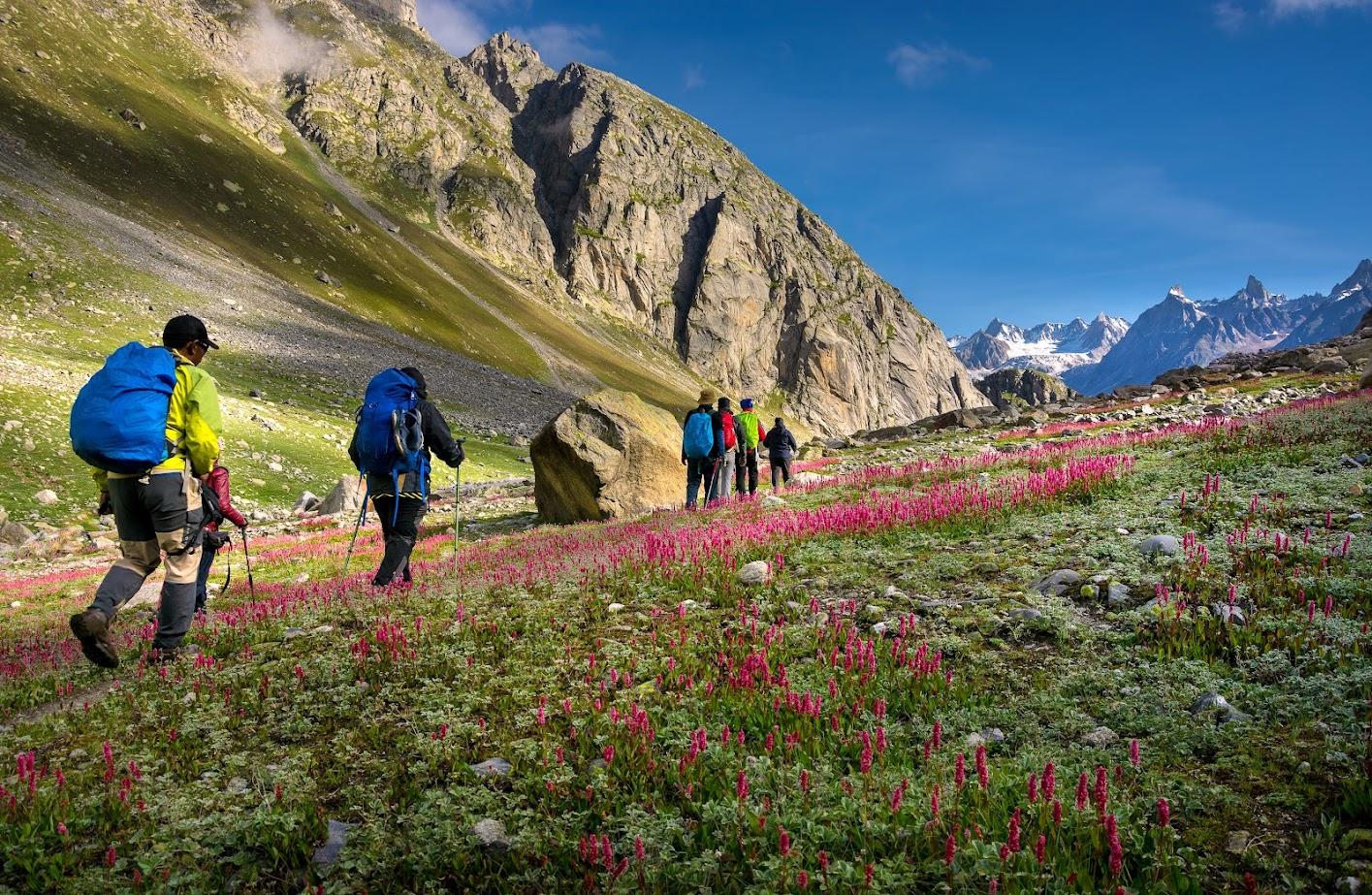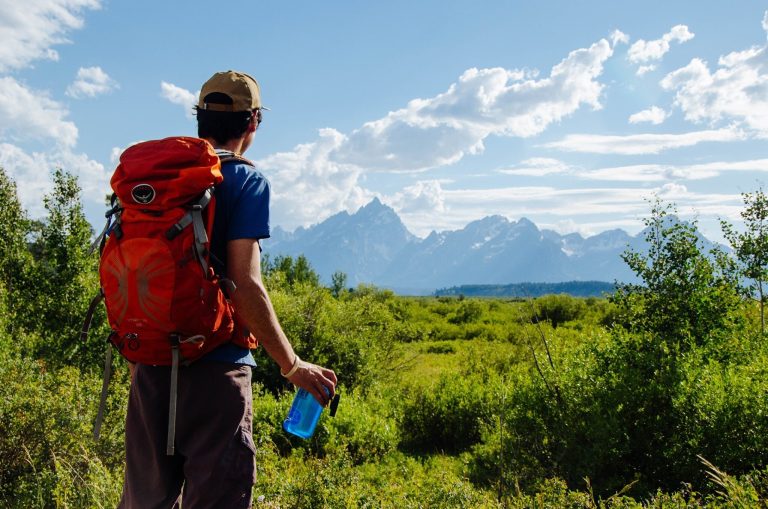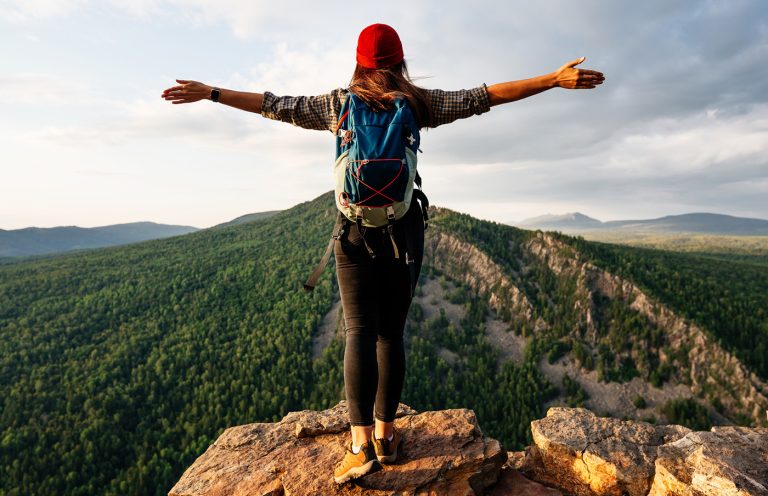Hiking Safety Guides
Hiking Safety Guide: Guides for a Safe and Enjoyable Outdoor Adventure
Hiking is one of the rewarding outdoor activities, offering breathtaking views, fresh air, and a great way to stay active. However, as with any outdoor activity, it’s important to prioritize safety to ensure that your hiking experience is not only enjoyable but also secure. From preparing for the hike to knowing what to do in case of an emergency, this guide covers essential hiking safety tips to help you stay safe while exploring nature.
1. Plan Ahead and Tell Someone Your Itinerary
Before you head out on any hike, thorough planning is essential. Ensure you have a clear idea of the trail you’ll be taking, the expected duration, and the difficulty level. Whether you’re going for a short day hike or an overnight trek, make sure to:
- Research the Trail: Familiarize yourself with the trail’s length, terrain, and potential hazards. Use websites like AllTrails or your local park’s website for detailed information about the trail.
- Check the Weather Forecast: Always check the weather before your hike, as conditions can change rapidly, especially in mountainous areas.
- Share Your Plans: Let someone know your itinerary, including your expected start time, trail, and estimated return time. This is crucial in case something goes wrong.
2. Wear the Right Gear
Having the right clothing and equipment can make all the difference in your safety and comfort on the trail. Consider these essential gear guidelines:
- Footwear: Wear sturdy, well-fitted hiking boots or shoes with good traction. Supportive footwear is essential to avoid slips, blisters, and injuries, especially on uneven or rocky terrain.
- Clothing: Dress in layers to help you regulate body temperature. A moisture-wicking base layer will keep sweat off your skin, while a weather-resistant outer layer will protect you from wind, rain, or snow. Don’t forget a hat and sunglasses for sun protection.
- Backpack: A comfortable backpack is necessary to carry essentials. Make sure it fits properly and has padded straps to prevent discomfort during your hike.
- Emergency Gear: Always carry a basic first aid kit, a headlamp or flashlight, a map and compass or GPS device, and extra food and water. These items can be lifesaving in an emergency situation.
3. Stay Hydrated and Fuel Your Body
Staying hydrated is essential while hiking, especially on long or strenuous trails. Dehydration can cause fatigue, dizziness, and headaches, which can be dangerous when you’re far from help. Here’s how to stay fueled and hydrated:
- Water: Carry enough water for the entire hike. A good rule of thumb is to drink about half a liter of water every hour. For longer hikes, consider using a hydration pack or bladder for easy access.
- Snacks: Pack high-energy, lightweight snacks like trail mix, energy bars, and fruit. Eating small amounts throughout the hike helps maintain your energy levels and prevents fatigue.
4. Know Your Limits and Hike at Your Own Pace
Hiking can be physically demanding, especially on steep or challenging trails. It’s important to listen to your body and avoid pushing yourself too hard. Here are some tips:
- Start Slow: If you’re new to hiking, start with shorter, easier trails to build up your stamina. Gradually work your way up to more challenging hikes.
- Take Breaks: Take frequent breaks to rest, drink water, and enjoy the scenery. Don’t try to rush through the hike—pace yourself and be mindful of how your body feels.
- Turn Back if Necessary: Don’t hesitate to turn around if the trail becomes too difficult, the weather worsens, or you’re feeling fatigued. It’s always safer to return than to risk pushing beyond your limits.
5. Stay on Marked Trails
While exploring off-trail may seem tempting, staying on designated trails is crucial for both safety and environmental protection. Off-trail hiking can lead to:
- Getting Lost: It’s easy to get disoriented and lost when venturing off a marked path. Stick to the trail, and use a map, compass, or GPS to ensure you’re on track.
- Environmental Impact: Going off-trail can damage fragile ecosystems, disturb wildlife, and contribute to soil erosion. Respect nature by staying on designated paths.
6. Be Prepared for Wildlife Encounter
Wildlife is one of the great attractions of hiking, but it can also pose a danger if you’re not careful. To safely encounter animals in the wild, keep these tips in mind:
- Keep Your Distance: Observe wildlife from a safe distance. Never approach or feed wild animals, as this can be dangerous for both you and the animals.
- Know What to Do if You Encounter Animals: Familiarize yourself with how to respond to different animals you might encounter, like bears, mountain lions, or snakes. For example:
- If you see a bear, avoid eye contact, slowly back away, and make noise to alert it to your presence.
- If you see a rattlesnake, give it space and calmly back away.
- Use Insect Repellent: If you’re hiking in areas with ticks or mosquitoes, be sure to wear insect repellent and check your body for ticks after your hike.
7. Keep a First Aid Kit and Know Basic First Aid
Accidents happen, even on short hikes. It’s always a good idea to bring a small first aid kit that includes items like bandages, antiseptic wipes, tweezers (for tick removal), blister treatment, and pain relievers. You should also know basic first aid, such as how to treat cuts, burns, or sprains.
8. Know What to Do in an Emergency
In case of an emergency, it’s crucial to stay calm and know the proper steps to take:
- Stay Calm: Panicking will only make the situation worse. Take deep breaths, assess the situation, and think through your options carefully.
- Know How to Get Help: If you have cell phone reception, call for help immediately. If you don’t have service, use your map and compass to find your way back to a trailhead, or consider using a whistle or signal mirror to alert others.
9. Respect Nature and Leave No Trace
One of the most important safety principles of hiking is to respect the environment and minimize your impact. Follow the Leave No Trace principles to protect the wilderness:
- Pack out all trash and dispose of waste responsibly.
- Stay on the trail to avoid damaging plants and soil.
- Respect wildlife and observe from a distance without disturbing their natural behavior.
Conclusion: Enjoy Nature Safely
Hiking is a wonderful way to connect with nature, get exercise, and enjoy some peaceful solitude. However, safety should always come first to ensure you have an enjoyable and risk-free experience. By following these safety tips and preparing properly, you can enjoy your hikes while minimizing the chances of accidents and ensuring that you return home safely.
So, grab your gear, plan your next hike, and enjoy the great outdoors—safely!



